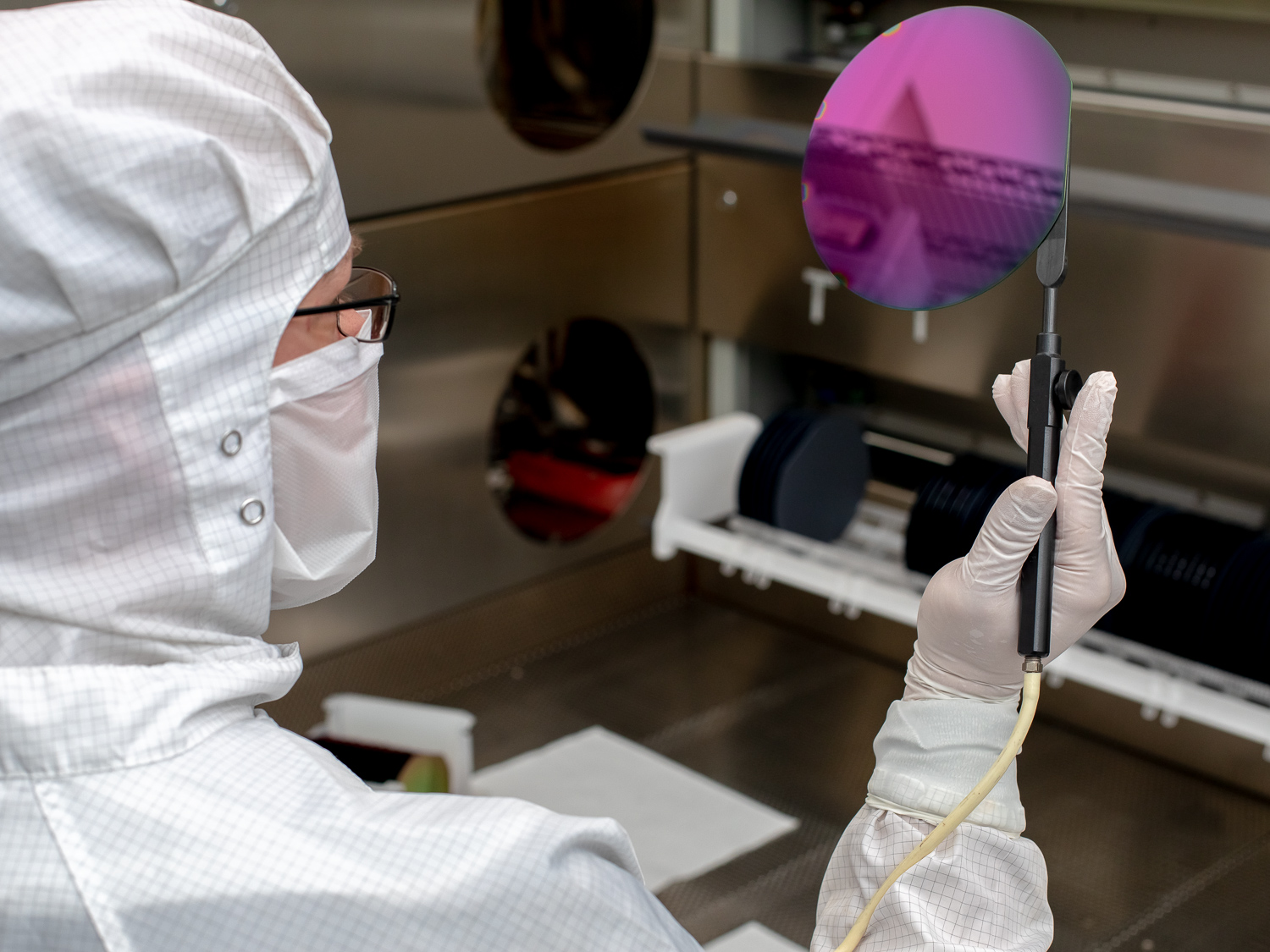Thermal Oxidation of Silicon
CMOS-compatible quartz furnace processes (Centrotherm), dry and wet oxidation 100 and 150mm wafer size, batch quantity: up to 50 wafers per run.
- LOCOS oxide (LPCVD nitride mask layer)
- Gate Oxide, standard thickness 40 nm
- Field Oxide, standard thickness 1000 nm
- Cusomized Oxide layers possible, thickness range 10 nm up to 1500 nm
thickness non-uniformity across wafer: <2%
average thickness non-uniformity wafer-to-wafer: <3%
average thickness non-uniformity batch-to-batch: <5%

